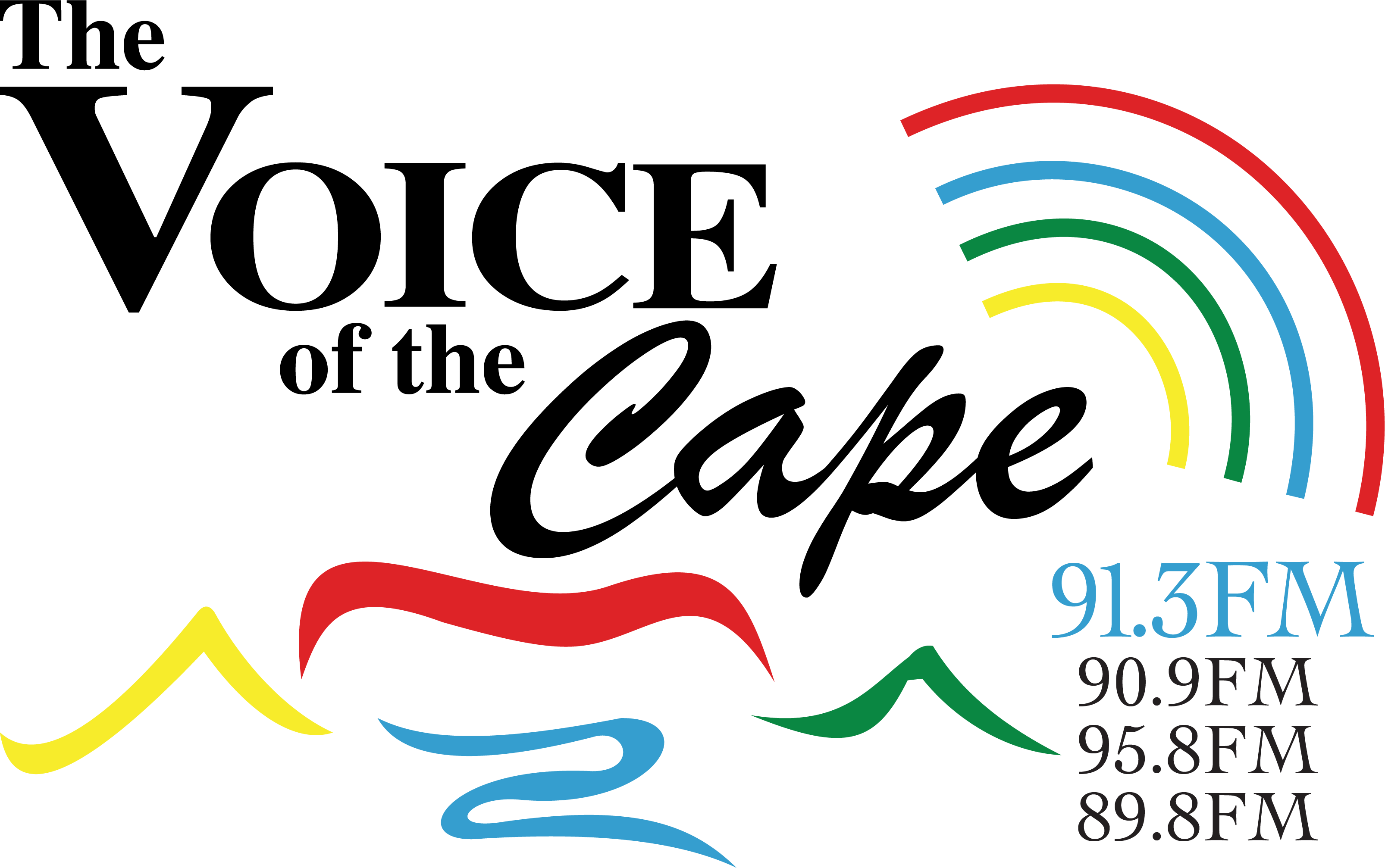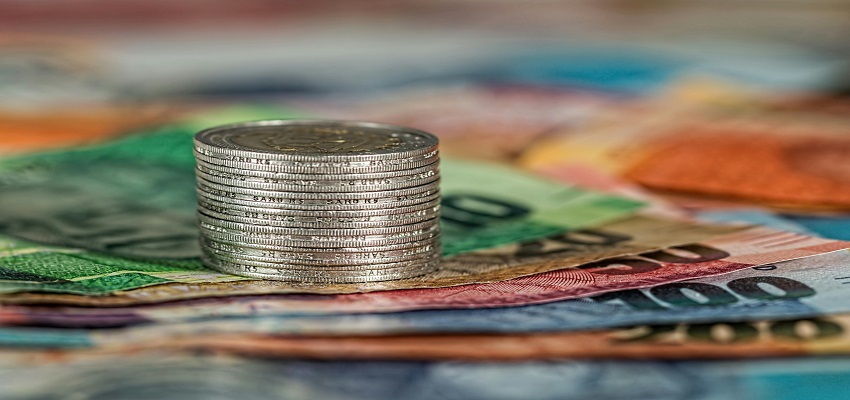By Rachel Mohamed
Following the opening of parliament address, President Cyril Ramaphosa delivered his much-anticipated speech which took place on Thursday at the City Hall in Cape Town. This is Ramaphosa’s second term in office for the 7th Administration which is made up of several opposition parties that form the Government of National Unity.
Speaking to VOC Breakfast on Friday, the UCT’s Professor of Economics in the School of Economics and Director of the Development Policy Research Unit (DPRU) Haroon Bhorat gave an analysis of the president’s speech by zooming in on the economic perspective side of the road ahead for the country’s future in the next five years.
The economic expert is of the view that the president has been laying the foundation in his first term in office of implementing policy changes to improve and grow the economy.
“To some extent, it’s a continuation in many ways of what the president has been trying to do in his first term which, is to bed down and implement policy changes to improve growth outcomes for the economy”, he said.
“But this speech was different because he was emboldened. After all, he now has a proper mandate from GNU that represents most interests except the extremists within society”, he added.
He further explains that the president outlined key points of infrastructure that need fixing.
“And when you look through the speech he goes very deliberately through a set of infrastructure, visas, education, and fixing ports. And the president’s vision and with the GNU team in the cabinet, is now possible for him to hopefully implement it.
Additionally, Bhorat feels that the problems the country has experienced in the last 30 years are because of the weakening economy that is deeply rooted in the state capture corruption period.“We must accept that the economy has had long-term problems for the last 30 years of democracy and in a sample of emerging markets South Africa has been growing at a rate that has been much slower less than 1 percent per year in those years”.
“To some extent, there are some key structural features that have been exacerbated by the state capture period that need to be resolved. Firstly, to get the foundation correct fix basic key infrastructure energy, ports rail, and road and one can see the results of 100 days of no load-shedding because it is structurally rooted as it is a 30-year challenge.”
He elaborated on how tricky it is and requires a turnaround strategy for South African Reserve Bank (SARB) Governor Lesetja Kganyago to cut interest rates associated with the rise in inflation.
“If you are talking about interest rate cuts and this is often what’s not enough appreciated it is the trade-off that is not involved. The challenge for the Reserve Bank Governor is if he cuts the interest rates too early, we are in the upper bound of the inflation targeting band, so we run the risk of runaway inflation, particularly food inflation which hurts the poor.”
“We can’t suddenly expand fiscal policy in an environment where you have the deficit is so high and the debt to GDP ratio is the fifth highest in the sample of the emerging market, and if you start expanding fiscal policy you effectively debt financing expense of fiscal policy ultimately without corruption but could be pro-poor policy and those are the challenges facing the finance minister and the president.”
The success of the economy
He emphasized the importance of how the country needs to reach the five percent mark for the economy to grow.
“How will South Africa measure the success of the economic growth rates when there are so many variables involved especially on household food prices due to inflation? But the country needs to go above the five percent mark.”
“There are so many variables and some of them are personal as the public can keep an eye on one household’s high prices of food or education, but the one variable for the next five years is the growth rates”.
He referred to the change in the growth rate over the years with former presidents Thabo Mbeki and Jacob Zuma’s tenure.
“During former president Thabo Mbeki’s years, there were many negatives in terms of Aids denialism but the growth rate was 4.3 percent per year for the full period which is the highest of all the presidents, and in Zuma’s years needless to say it was 1.1 percent complete collapse in growth rate driven by state capture”.
“The question now is that we are undoing hopefully the last stages of state capture can we see a growth rate that exceeds four percent?”
“The one magic bullet we know we have in the economic toolbox is if we have consistently high growth rates ideally exceeding five percent, we are going see measurable progress in terms of employment and investment and an ideal environment where interest rates come down and inflation stable”, Bhorat concluded.
VOC NEWS
Photo: Pexels









